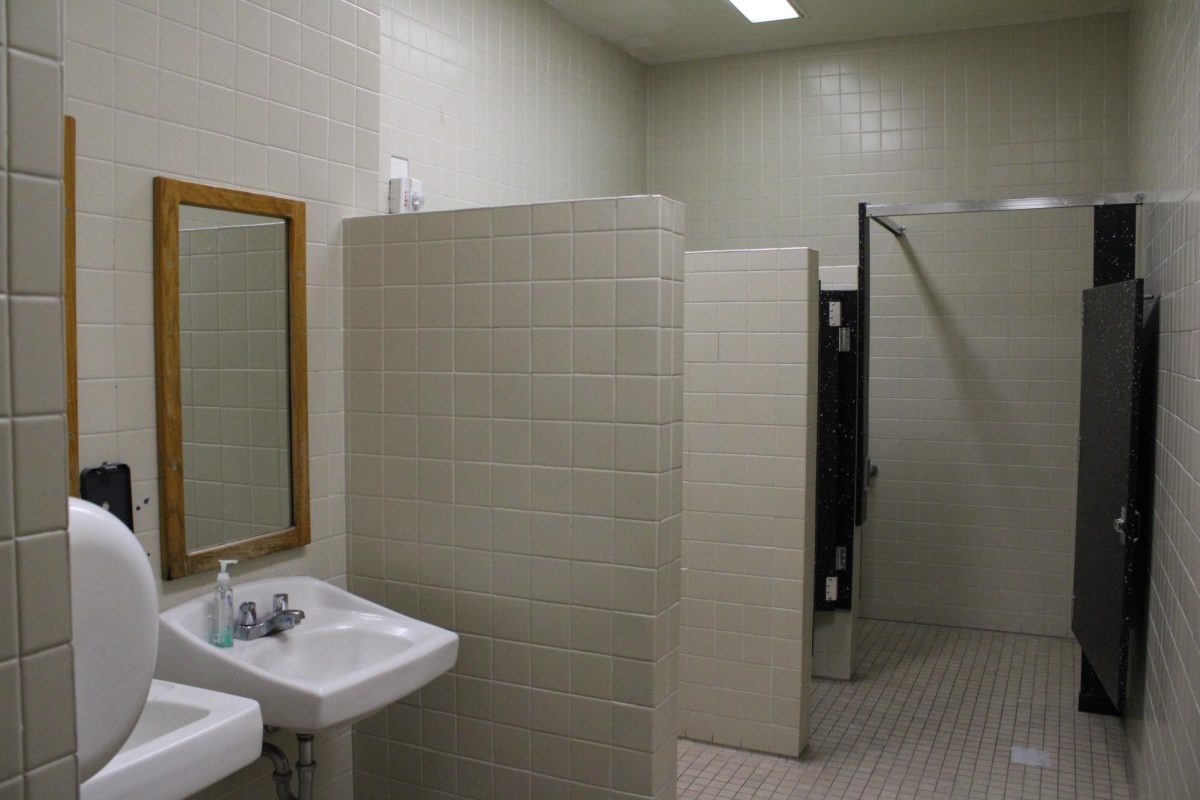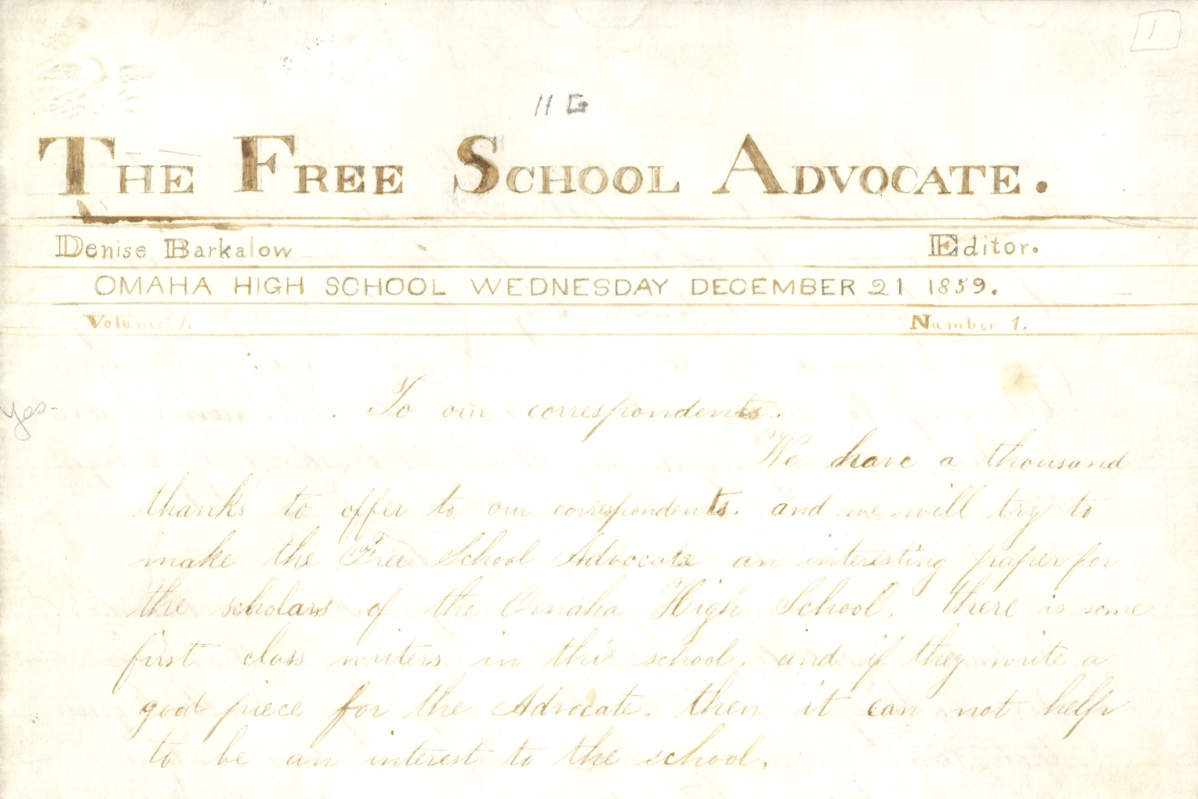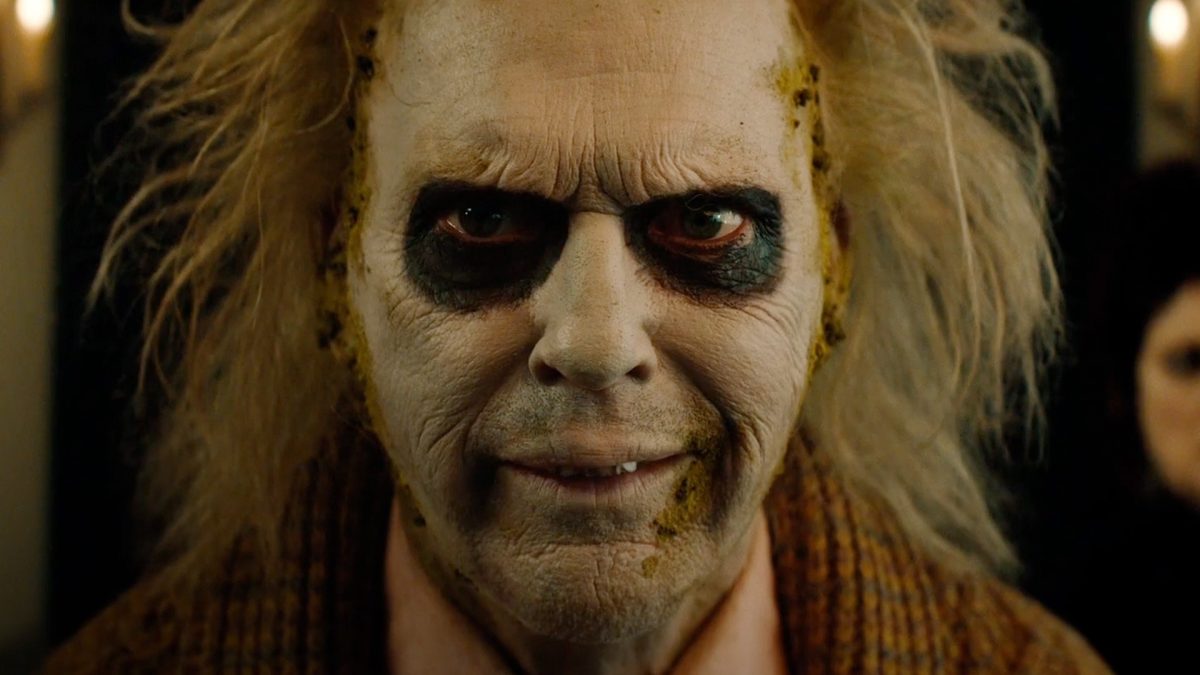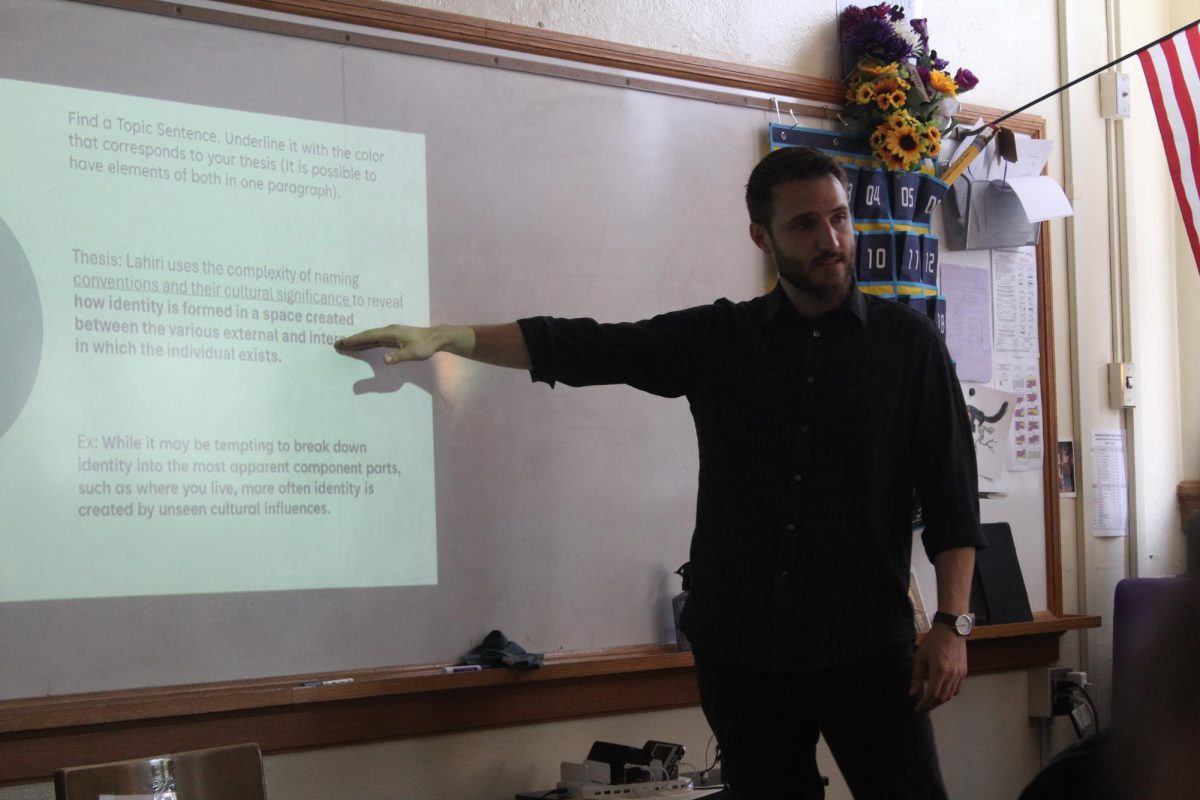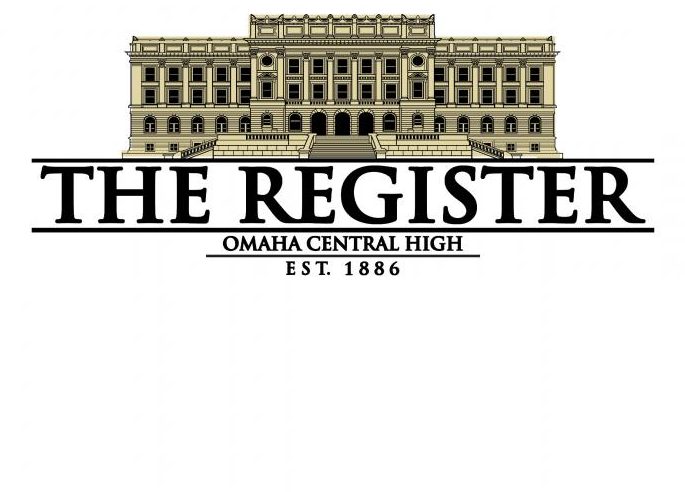Donald Trump was sworn in to the office of the President of the United States on Jan. 20, making him the second president to serve nonconsecutive presidential terms.
His inaugural speech opened with him claiming that he will return America to a golden age and make the U.S. the “envy of the world,” words similar to his 2016 presidential campaign. He also stated that he would end the “weaponization of the American Justice System,” referring to the several crimes and felonies he was indicted for, which he would dub “political persecution” later in the speech. He has since effectively ended the FBI investigation into the Jan. 6 riot in 2021 and has begun investigating and firing FBI agents who were involved in said investigation.
He went on to allude to an “immigration crisis” and drew attention to the recent hurricane and destruction in North Carolina and the Los Angeles wildfires, and the importance of providing aid and federal support to these places. (A few days later, he would threaten to refuse to provide support for the LA wildfires unless they stop their fish conservation efforts, according to the Associated Press). He mentioned that the U.S. is the country that spends the most on healthcare, and how, according to him, the American educational system teaches students to despise themselves and the USA, and he claimed that he would resolve this.
He stated soon after that the Republican Party has seen an influx of support from all demographics. Trump increased his share of support from voters, but several groups – including the youth vote – had a large number of non-voters. The youth vote had less than 50% turnout, and among actual voters, only around 51% of young male voters supported Trump, with only around 40% of young female voters supporting him. The same issue comes up with the Black and Latino voting blocs, which Trump specifically called out and thanked in his speech.
Trump also said that the U.S. is seeing a massive rise in national pride. However, according to a poll by Gallup News in July of 2024, the U.S. currently has an average of 41% of people who are “proud” to be American. That’s lower than it was in 2020, at 43%.
Trump then moved on to discuss his plans for immediate executive actions. First, he declared he would officially declare a national emergency at the American Mexican border. He said that they would work to return “millions of illegal immigrants” back to their countries of origin. He also declared that the Mexican drug cartels would be considered foreign terrorist organizations. Next, he said that he would organize his cabinet to reduce prices and inflation. He also declared the revoking of the “Green New Deal” in order to “save the American automobile industry.”
He then declared that he would end “government censorship” and announced the creation of the External Revenue Service and the Department of Government Efficiency.
He also announced his goal to make America “colorblind and merit-based.” He then said, “it will henceforth be the policy of the United States government that there are only two genders: male and female.”
Trump then said that his goal is to be remembered as a “peacemaker and a unifier,” and that the day before his presidency, the Israeli hostage situation in Gaza was resolved.
He also announced plans to rename the Gulf of Mexico to the Gulf of America and Mount Denali to Mount McKinley, and to land an American on Mars.
He then announced that America would “take back” the Panama Canal after Panama “broke [their] promise” to the USA, for allowing China to use the canal. He also claimed that China holds control over the canal, which is not true.



